Rising Demand for Natural Products
The agarwood essential-oil market is experiencing a notable increase in demand for natural and organic products. Consumers are becoming more health-conscious and are gravitating towards essential oils that are perceived as safe and beneficial. This trend is particularly evident in the wellness and aromatherapy sectors, where agarwood oil is valued for its therapeutic properties. Market data indicates that the natural products industry in the US is projected to grow at a CAGR of approximately 8% over the next five years. This growth is likely to positively influence the agarwood essential-oil market, as consumers seek out high-quality, sustainably sourced oils that align with their values.
Expansion of Aromatherapy Practices
The growing popularity of aromatherapy in the US is significantly impacting the agarwood essential-oil market. As more individuals turn to holistic health practices, the demand for essential oils, including agarwood, is on the rise. Aromatherapy is recognized for its potential benefits in stress relief, mood enhancement, and overall well-being. According to recent market analysis, the aromatherapy market is expected to reach $2 billion by 2027, with essential oils comprising a substantial portion of this growth. This trend suggests that the agarwood essential-oil market could see increased sales as consumers incorporate these oils into their daily routines.
Innovations in Extraction Techniques
Advancements in extraction techniques are playing a crucial role in the agarwood essential-oil market. New methods, such as supercritical CO2 extraction, are enhancing the quality and yield of agarwood oil, making it more accessible to consumers. These innovations not only improve the efficiency of production but also ensure that the oil retains its therapeutic properties. As extraction methods become more refined, the market is likely to see a reduction in costs, which could lead to increased availability and affordability of agarwood essential oil. This trend may attract a broader consumer base, further stimulating growth in the agarwood essential-oil market.
Growing Interest in Sustainable Luxury
The agarwood essential-oil market is witnessing a shift towards sustainable luxury, as consumers increasingly prioritize ethical sourcing and environmental responsibility. Agarwood, often considered a luxury product, is now being sought after by consumers who are willing to pay a premium for sustainably harvested oils. This trend is reflected in the rising number of brands that emphasize their commitment to sustainability in their marketing strategies. Market Research Future indicates that the luxury goods market is expected to grow by 5% annually, which could positively impact the agarwood essential-oil market as consumers seek high-quality, ethically sourced products that align with their values.
Cultural Significance and Traditional Uses
Agarwood has deep cultural roots and traditional uses, particularly in various Asian cultures. In the US, there is a growing interest in these cultural practices, which is driving the agarwood essential-oil market. The oil is often used in religious ceremonies, meditation, and traditional medicine, which enhances its appeal among consumers seeking authentic experiences. This cultural significance may lead to increased demand, as consumers are likely to seek out products that offer a connection to these traditions. The market for essential oils, including agarwood, is projected to grow as consumers become more aware of and interested in the historical and cultural contexts of these products.


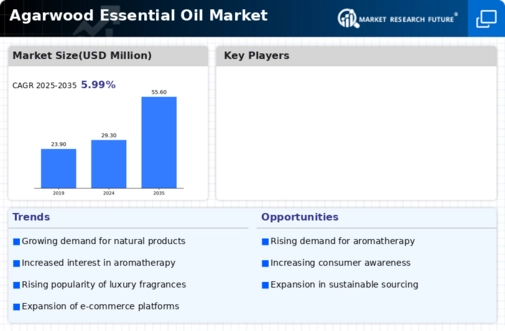
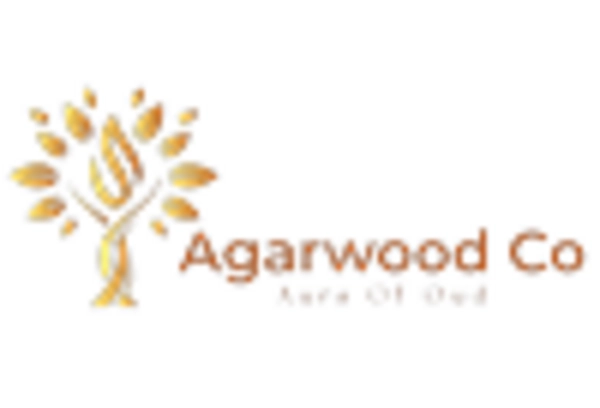
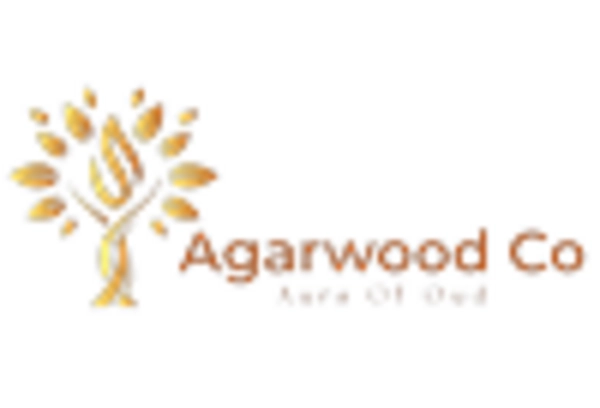
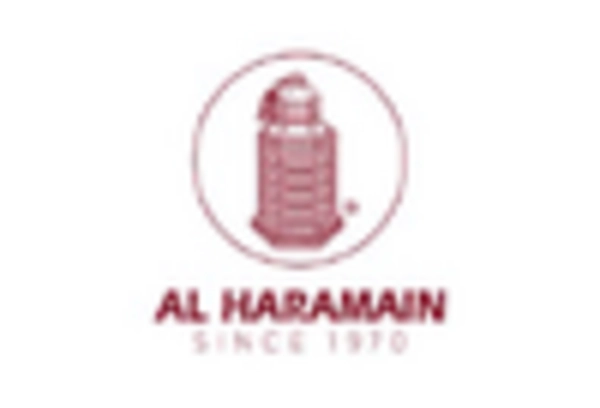
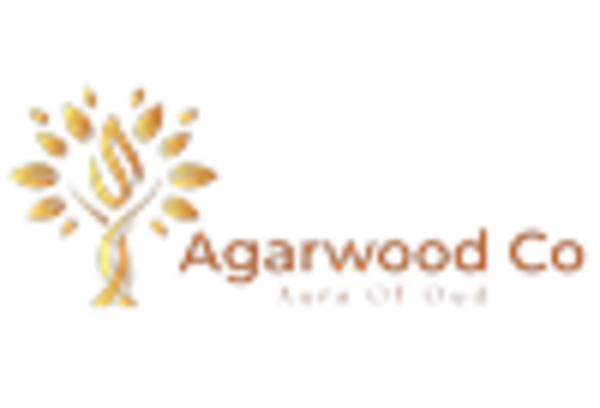

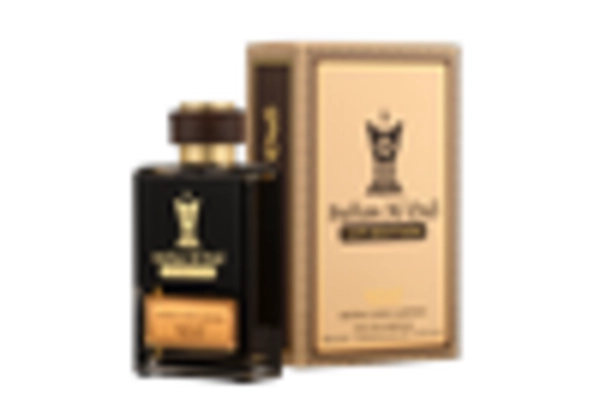








Leave a Comment